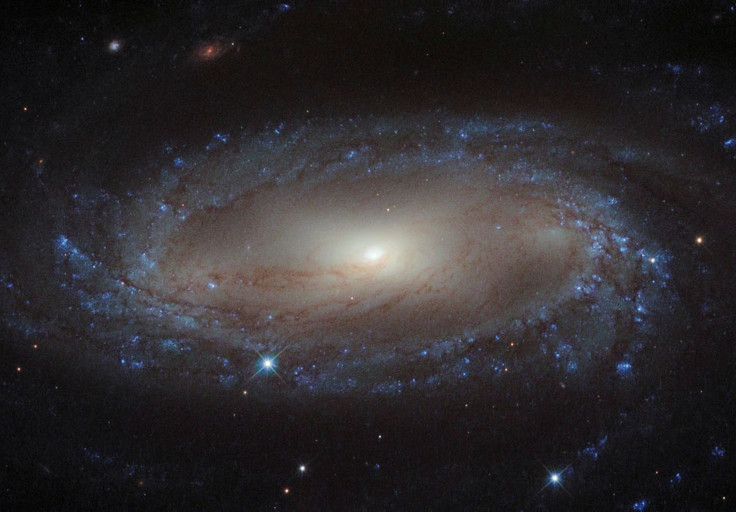Astronomers Find Complex Organic Molecules In A Young Star System

Astronomers have used data from the Atacama Large Millimeter Array (ALMA) in northern Chile to discover abundance of complex organic molecules, considered as the building blocks of life, in a rotating disk of dense gas around a young star, indicating conditions that led to the emergence of life on Earth are not unique in the universe.
The disk surrounding the million-year-old star, called MWC 480, is filled with methyl cyanide, a complex carbon-based molecule, and its similar cousin hydrogen cyanide. The infant star’s newly formed disk is a region, which is similar to Kuiper Belt, a realm of icy celestial objects and comets beyond Neptune, astronomers said in a study published in the journal Nature.
Astronomers believe that comets and asteroids from the outer solar system seeded the young Earth with water and organic molecules that ultimately helped set the stage for life to emerge. The star system of the young MWC 480 apparently has the same conditions that could eventually lead to the formation of a solar system.
“Studies of comets and asteroids show that the solar nebula that spawned our Sun and planets was rich in water and complex organic compounds,” Karin Oberg, an astronomer with the Harvard-Smithsonian Center for Astrophysics in Massachusetts, and the study’s lead author, said in a statement on Wednesday. “We now have evidence that this same chemistry exists elsewhere in the universe, in regions that could form solar systems not unlike our own.”
Oberg said that the latest discovery is significant because the molecules found in MWC 480 are also common in similar concentrations in our own solar system's comets. Cyanides, especially methyl cyanide, contain carbon-nitrogen bonds that are essential for the formation of amino acids, the foundation of proteins.
According to researchers, the star MWC 480 has twice the mass of the sun, and is located about 455 light-years away in the Taurus star-forming region. Its surrounding disk is still in the very early stages of development, while astronomers are yet to detect any obvious signs of planet formation in it.
“From the study of exoplanets, we know our solar system isn't unique in having rocky planets and an abundance of water,” Oberg said. "Now we know we're not unique in organic chemistry.”
© Copyright IBTimes 2024. All rights reserved.






















